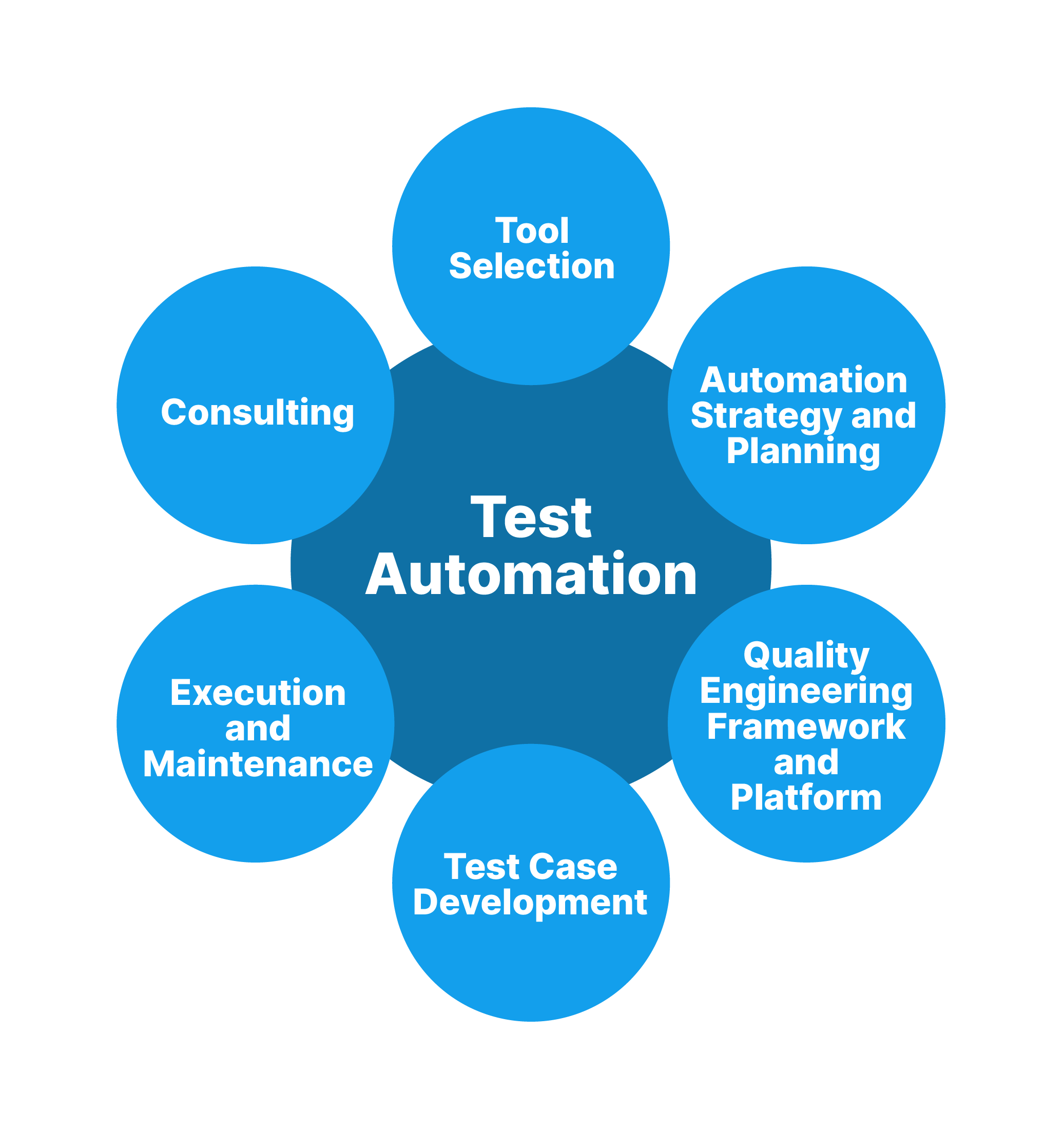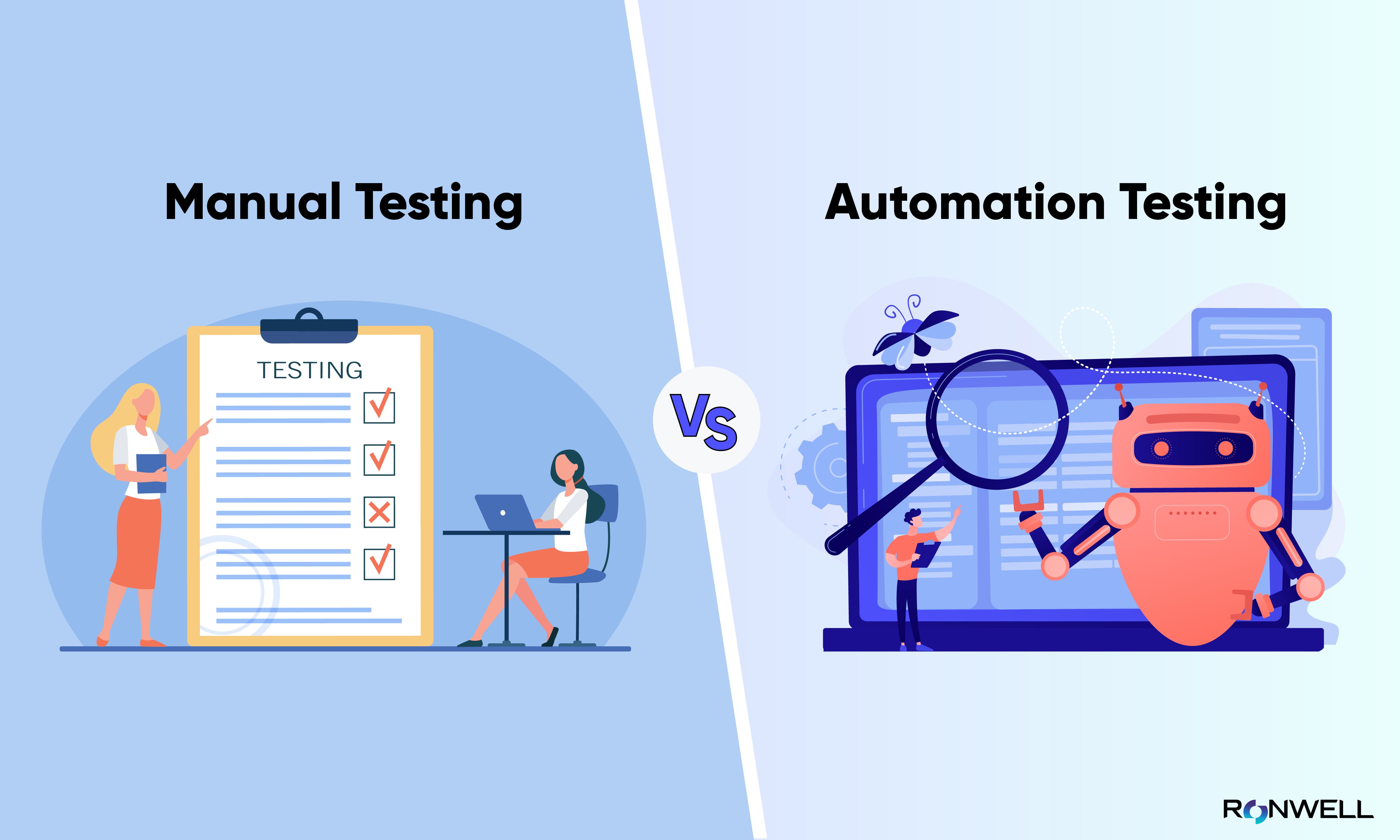Exactly How Automation Testing Changes Quality Control Processes
Exactly How Automation Testing Changes Quality Control Processes
Blog Article
Making Sure Success in Automation Testing: Secret Metrics, Challenges, and Solutions Every QA Team Should Know
In the realm of software quality assurance, the landscape of automation testing is ever-evolving, requiring a thorough strategy to guarantee seamless operations. The trip to understanding automation screening is paved with nuances that require a keen eye for monitoring, evaluation, and continuous improvement. As the sector propels forward, the pursuit for ideal performance in automation testing continues to be a consistent quest, advising QA teams to furnish themselves with the knowledge and approaches crucial for victory.
Significance of Key Metrics
Understanding the significance of key metrics is crucial for reviewing the efficiency and effectiveness of automation screening processes. Secret metrics offer as quantifiable actions that supply valuable understandings into numerous facets of the screening process, such as test protection, test implementation time, defect thickness, and test case efficiency. By examining these metrics, QA teams can recognize bottlenecks, ineffectiveness, and locations for improvement within their automation screening structure.
One essential aspect of vital metrics is their capacity to track development and keep an eye on the overall wellness of the testing process (automation testing). They make it possible for stakeholders to make informed decisions based on data-driven insights, which can bring about much more reliable testing methods and far better resource allowance. In addition, vital metrics can help teams established reasonable goals, gauge the success of automation initiatives, and demonstrate the ROI of automation screening initiatives

Usual Difficulties Dealt With
Difficulties typically experienced in automation screening processes can considerably impact the total effectiveness and effectiveness of QA teams. Among the major obstacles is the choice of the right examination cases for automation. Not all examination situations appropriate for automation, and picking the wrong ones can lead to lost time and resources. In addition, maintaining examination scripts can be a challenging job, particularly as the application undertakes regular adjustments. Test manuscript maintenance calls for continuous updates and alterations to ensure they show the existing performance properly. Another usual challenge is the first investment required for establishing up automation frameworks and tools. This can be an obstacle for some organizations, specifically smaller ones with restricted spending plans. Automation screening may not cover all facets of testing, such as functionality and customer experience testing, which still require hands-on treatment. Overcoming these obstacles needs proper preparation, strategic test situation choice, durable upkeep procedures, adequate resources, and a clear understanding of the restrictions of automation testing.
Reliable Solutions for Difficulties
To resolve the barriers come across in automation testing, implementing reliable options is essential for boosting the effectiveness and efficiency of QA teams. One vital option is to invest in durable training programs for QA teams to ensure they have the required skills to effectively make use of automation tools. Training can link understanding gaps, improve understanding of automation structures, and improve scripting capabilities, inevitably resulting in extra effective test development and execution.
One more important solution is to establish clear interaction channels within the QA group and with other stakeholders, such as designers and project supervisors. Efficient interaction assists in aligning assumptions, sharing progress updates, and without delay addressing concerns or roadblocks that may develop during the automation screening process.

Tracking and Evaluation Strategies
Applying reliable monitoring and analysis strategies is important for making certain the success and effectiveness of automation screening processes. Furthermore, evaluating examination results and metrics offers beneficial insights into the high quality of the software program being evaluated and see this page the efficiency of the testing approach.
One key method in surveillance and evaluation is making use of dashboards that combine pertinent metrics and KPIs in an aesthetically obtainable format. These dashboards use a thorough overview of test execution condition, examination coverage, flaw fads, and various other critical information. On a regular basis reviewing and analyzing these dashboards can assist QA groups make educated choices, focus on tasks, and maximize testing efforts.
Furthermore, implementing automated informs and alerts based upon predefined limits can improve positive tracking and prompt intervention. By establishing alerts for performance deviations or test failings, groups can resolve concerns immediately and stop them from rising. On the whole, surveillance and evaluation methods play an important function in guaranteeing the effectiveness and success of automation screening initiatives.
Continuous Enhancement Strategies
Enhancing the efficacy of automation testing procedures requires the constant refinement of strategies and techniques. Constant improvement approaches are crucial for QA teams to adjust to advancing innovations and provide top notch software. One vital technique to enhancing automation screening processes is to conduct routine testimonials and retrospectives. By examining past testing cycles, groups can identify traffic jams, inadequacies, and areas for enhancement. Carrying out feedback loopholes and incorporating lessons found out into future screening structures can generate substantial improvements with time.

Final Thought
Finally, it is critical for QA groups to understand the vital metrics, difficulties, and solutions in automation screening to guarantee success. By carefully monitoring and examining data, implementing reliable services to usual challenges, and continually improving methods, QA teams can enhance their screening processes and supply premium software program products. Following these practices will eventually bring about more efficient and reliable automation testing methods.
By assessing these metrics, QA teams can determine traffic jams, inadequacies, and areas for enhancement within their automation screening framework.
Furthermore, vital metrics can help teams set practical goals, determine click the success of automation efforts, and show the ROI of automation screening initiatives.
Challenges frequently run into in automation screening processes can considerably affect the total performance and effectiveness of QA teams. Automation testing Recommended Site may not cover all elements of screening, such as functionality and customer experience screening, which still call for hand-operated treatment.In verdict, it is essential for QA teams to comprehend the vital metrics, obstacles, and remedies in automation screening to make certain success.
Report this page